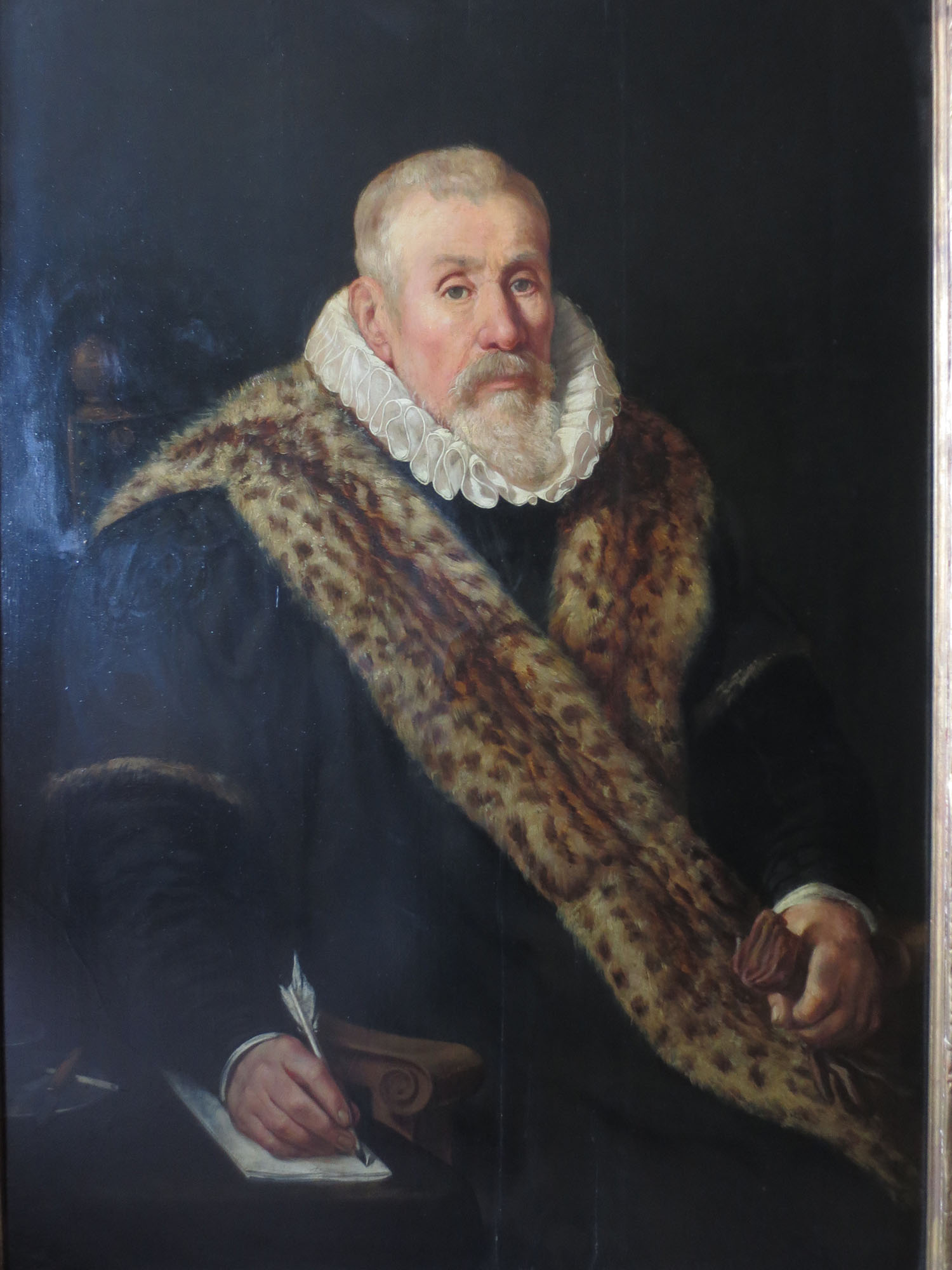A provisional identification of painter and subject by similarities of features, style of painting suggested, extensive contacts between Scriverius and the Rembrandt entourage in Leiden, while the ermine collar and writing hand are indications of a scholar with an official rank or, like Scriverius, privately engaged in patriotic antiquarian pursuits, reading and writing in his ‘lair secreto.’
Then, too, there is the notation of a still undetermined portrait of Scriverius by Lievens in the estate of Scriverius’ late son on 26 October 1661 as “Een conterfeytsel van Petrus Scriverius door Jan Lievens gedaen”. Cf. Abraham Bredius, Künstler-Inventare, Vol. I, The Hague, 1915, p. 216. Also listed were two landscapes in gilt frames by Lievens whose work thus accounted for a quarter of the paintings left by Scriverius’ son.
The gift to the Lakenhal Museum in 1970 of a large portrait of a voluminously grey bearded elder thought by previous owners to be a portrait by Lievens of Scriverius in advanced old age might well be neither and bear no relevance to the missing painting listed in the posthumous Scriverius inventory. First, in the opinion of several scholars associated with the Lakenhal, the proposed portrait did not resemble any known likeness of the scholar. Secondly, it is signed ‘Bartholomeus van der Helst 1651’, which might give pause to an attribution to Jan Lievens.
Instead, one begins with the Willem van Swanenberg’s 1609 portrait of Scriverius at thirty-five with dark but receding hair and trimmed mustache. Beneath the portrait is read ‘Lare Secreto’ and around the portrait border the device ‘Legendo et Scribendo.’ In the Hals portrait (NYMMA) and its replicate print by Jan van de Velde, both from 1626, Scriverius at fifty-two is grey, nearly bald but with a much larger mustache. In the large panel portrait of concern here, the emblematic elements of an ermine collar and the writing hand follow the mottos on the 1609 print. However, the figure in the large panel portrait is clearly somewhat older than in the 1609 print but slightly younger than in the Hals portrait. This suggests a relatively early date for the painting if it is indeed Scriverius by Lievens who had already gained some success as a portraitist in his early teens.

